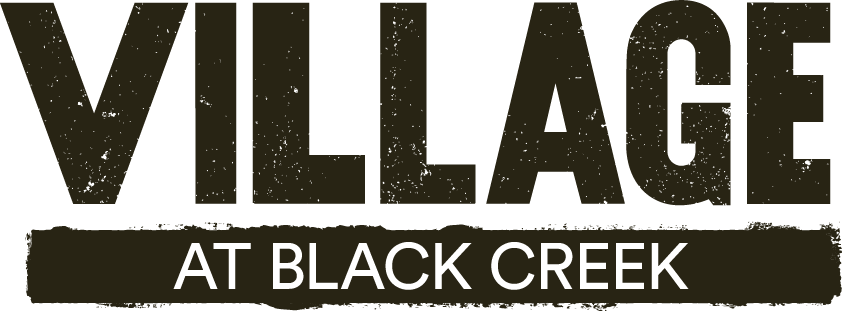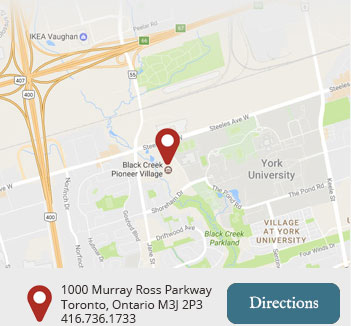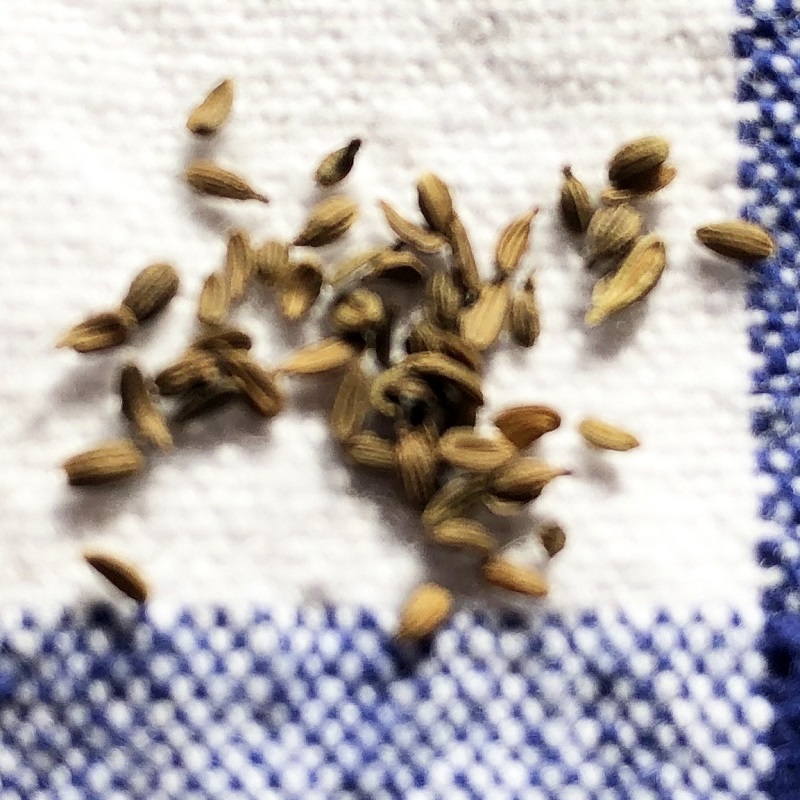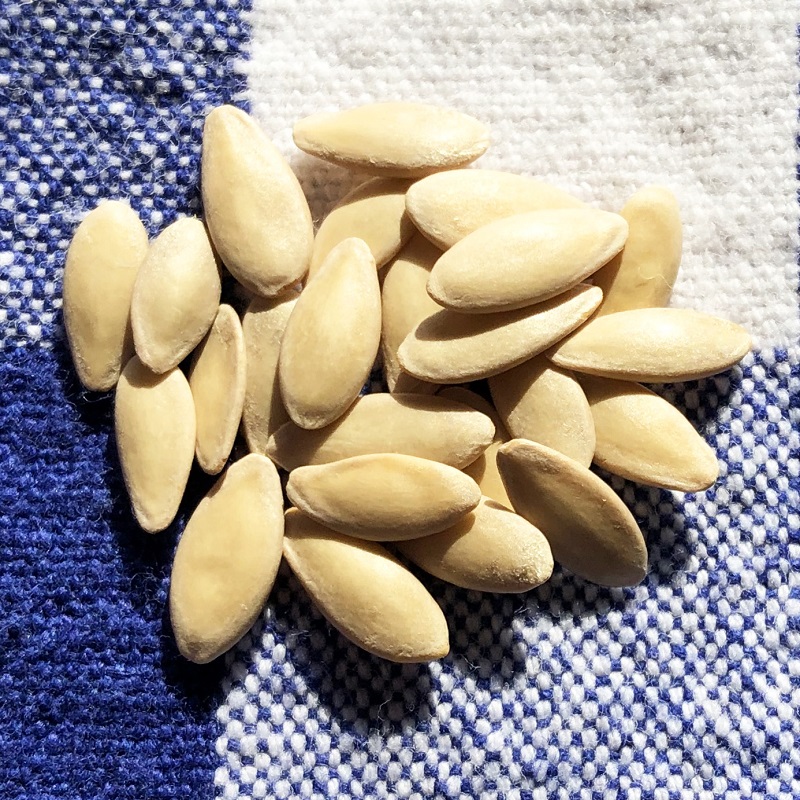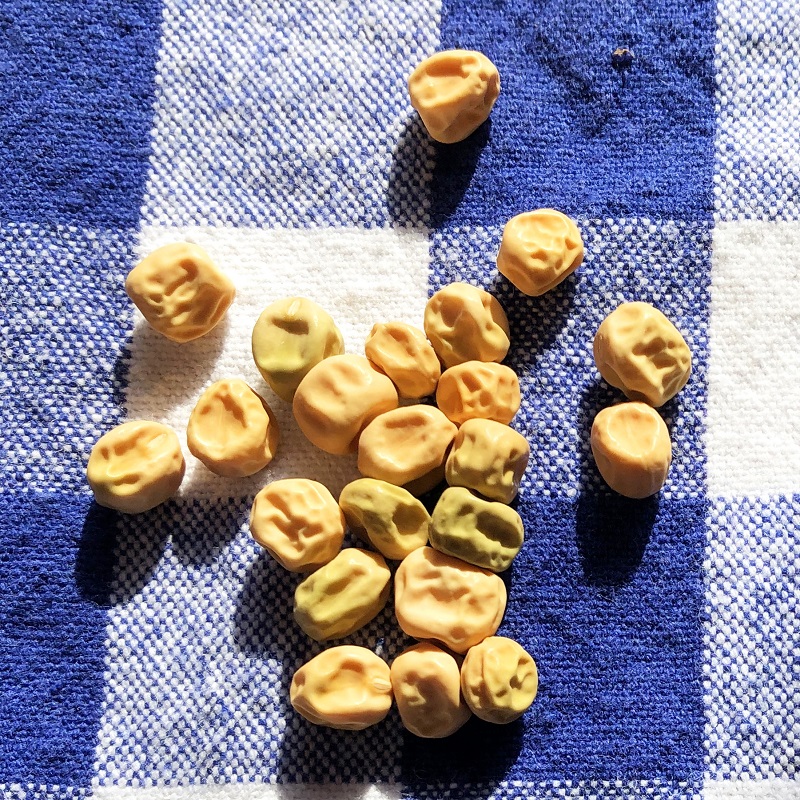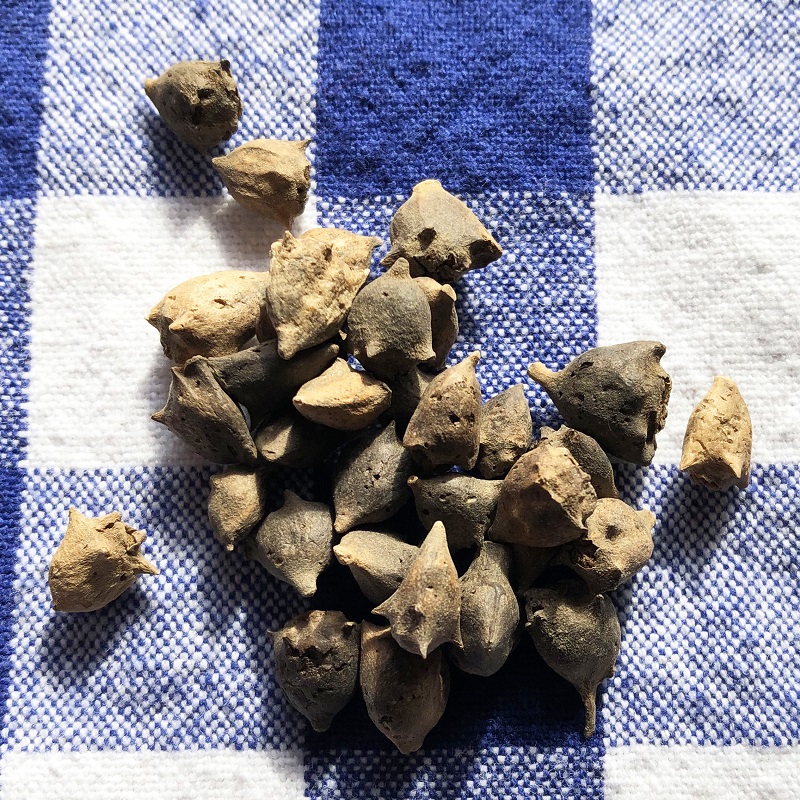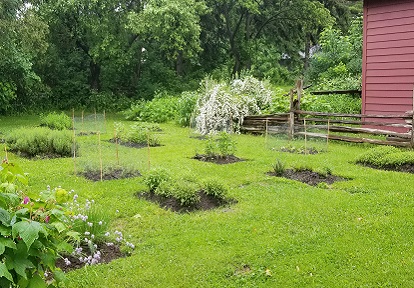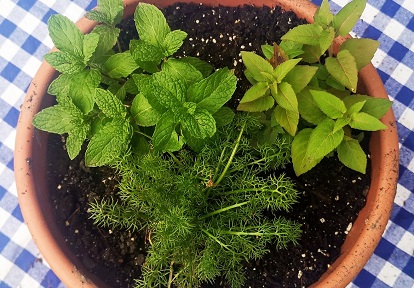Black Creek Pioneer Village is home to many gardens with plants and flowers that you would have found in Canada more than 150 years ago.
We grow vegetables and herbs in dedicated gardens, and there are various flowers, shrubs, and trees that can be found throughout the Village.
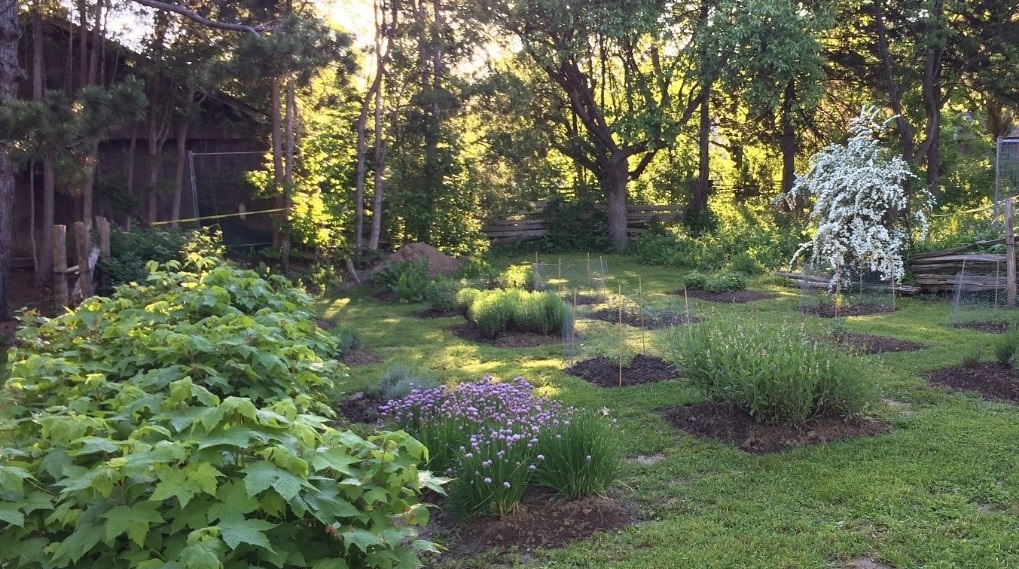
Plants are the main source of food for people and animals alike. In this lesson you will learn how to take care of plants, and how plants are used to produce food and medicine.
WHAT DO PLANTS NEED TO GROW?
- Water: Water, solar energy, and carbon dioxide are required for plants to begin the process of photosynthesis.
- Space: Different amounts of space are needed for different types of plants.
- Air: Carbon dioxide and oxygen are needed for the many living things on our planet to survive.
- Healthy Soil with Nutrients: Soil rich in nutrients helps plants to grow.
- Sunlight: Energy from the sun is essential for photosynthesis to take place.
WHAT IS PHOTOSYNTHESIS?
Photosynthesis is a chemical process in which plants make their own food!
Energy from the sun converts carbon dioxide in the air and water from the soil into sugar and oxygen.
Sugar is used by plants for growth and energy. Plants release oxygen into the atmosphere to be used by animals — including humans!
ACTIVITY 1
Every Plant Begins with a Seed
A seed is a baby plant that will grow to be an adult. Inside the seed is the root, the leaf, and a bit of food (called a cotyledon) that will help it grow.
Every plant has roots, stems, leaves, and flowers. Pollinated flowers produce fruit.
Just like the plants they grow into, seeds come in various shapes and sizes.
Look at the photos of heritage seeds below. All these seeds will grow into plants that provide the food we eat. Often the seed itself is used for food.
Select images to view full-sized.
After looking at the pictures, go online and research your favourite plant-based food:
- What does the seed of that plant look like?
- How long does it take for the seed to grow into a plant?
- What type of care is needed to ensure that the seed successfully grows into a plant?
ACTIVITY 2
Let’s Explore the Different Types of Plants We Eat!
- Fruits: Fruit is the sweet part of the plant, containing seeds within it.
- Vegetables: A vegetable is any part of the plant (excluding the fruit) that is edible — including roots, leaves, stems, seeds, and flowers.
- Herbs: Herbs are a subset of the vegetable family. Usually the leaves are used, but sometime flowers or seeds are considered herbs as well. Herbs have strong scents and are used for flavouring food and making medicines.
- Grains: Grains are seeds of plants that are dried and often ground up into flours to make bread and other baked goods.
What Parts of a Plant Do We Eat?
1. Seeds: The beginning of a plant.
2. Roots: The part under the ground.
3. Stem: Supports the growing plant and carries food to the other parts of the plant.
4. Leaves: They absorb sunlight and are important for photosynthesis
5. Flower: The beginning of fruit.
Match each plant below to the part above that is eaten. You will find TWO plants matching each part.
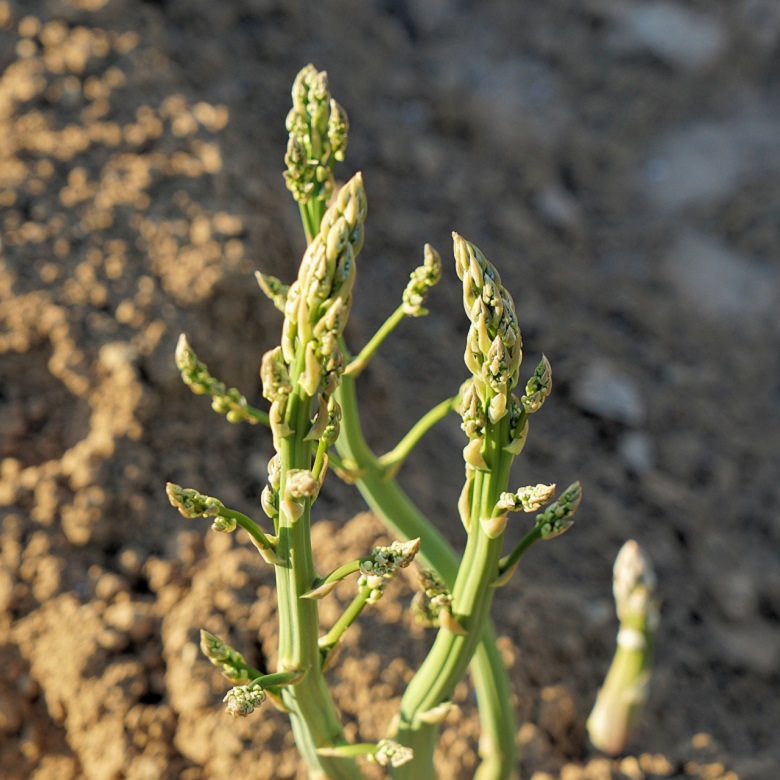 a. Asparagus |
 b. Basil |
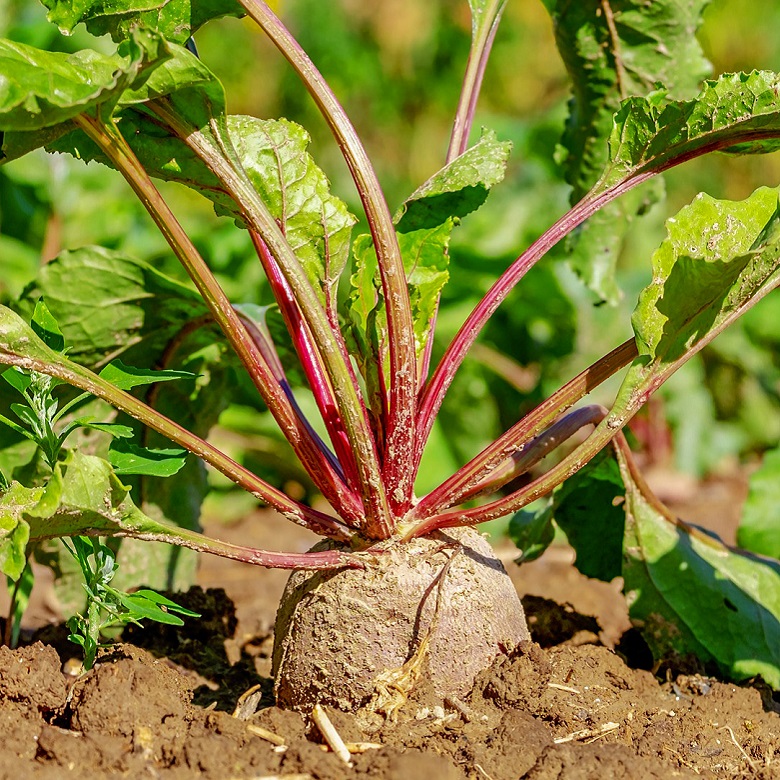 c. Beets |
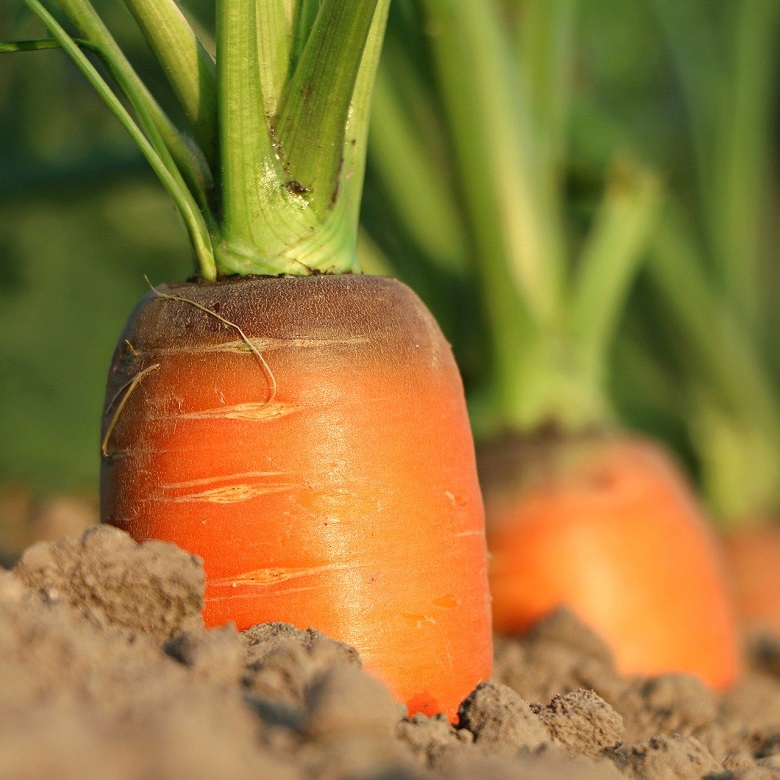 d. Carrots |
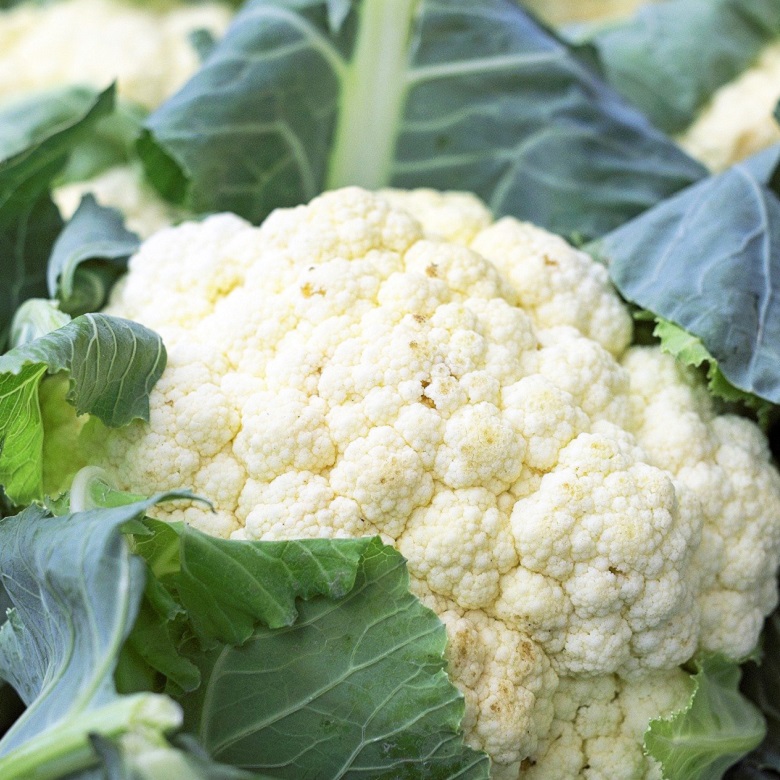 e. Cauliflower |
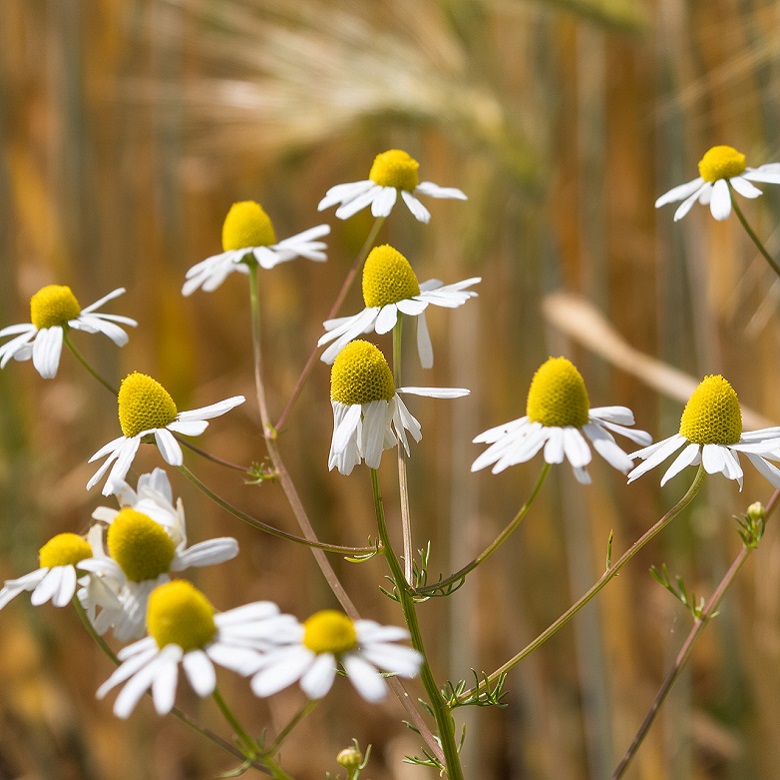 f. Chamomile |
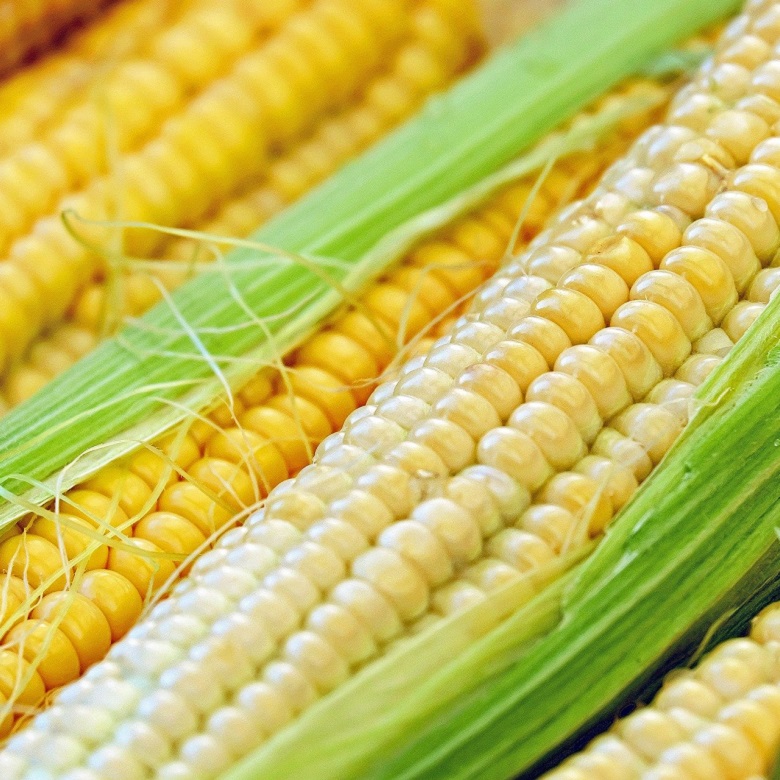 g. Corn |
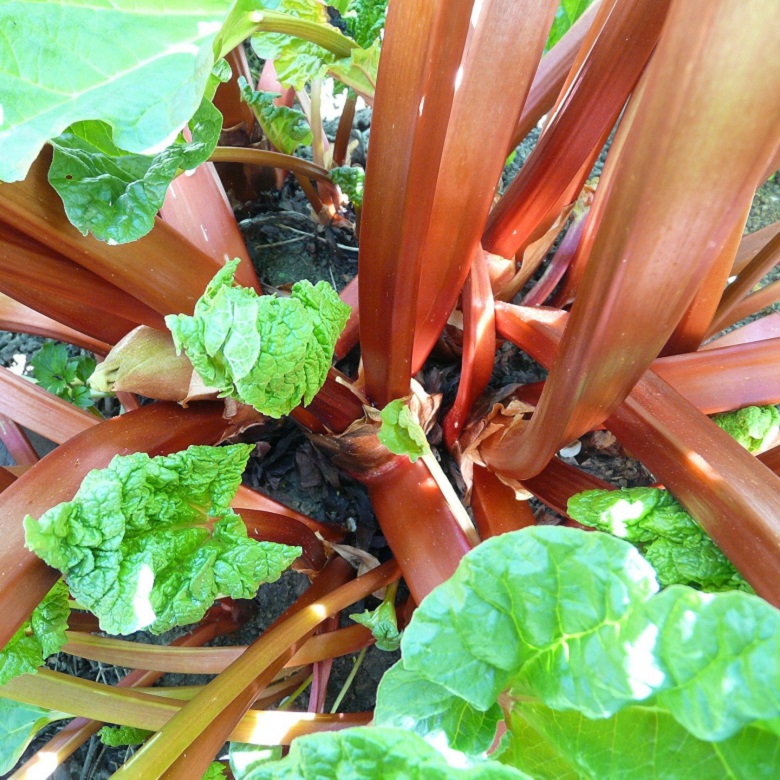 h. Rhubarb |
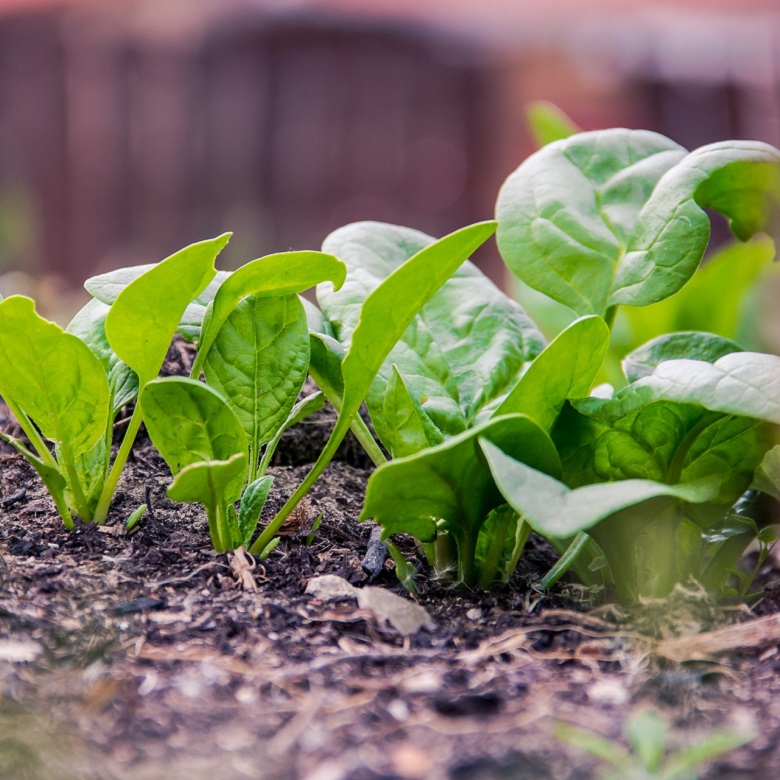 i. Spinach |
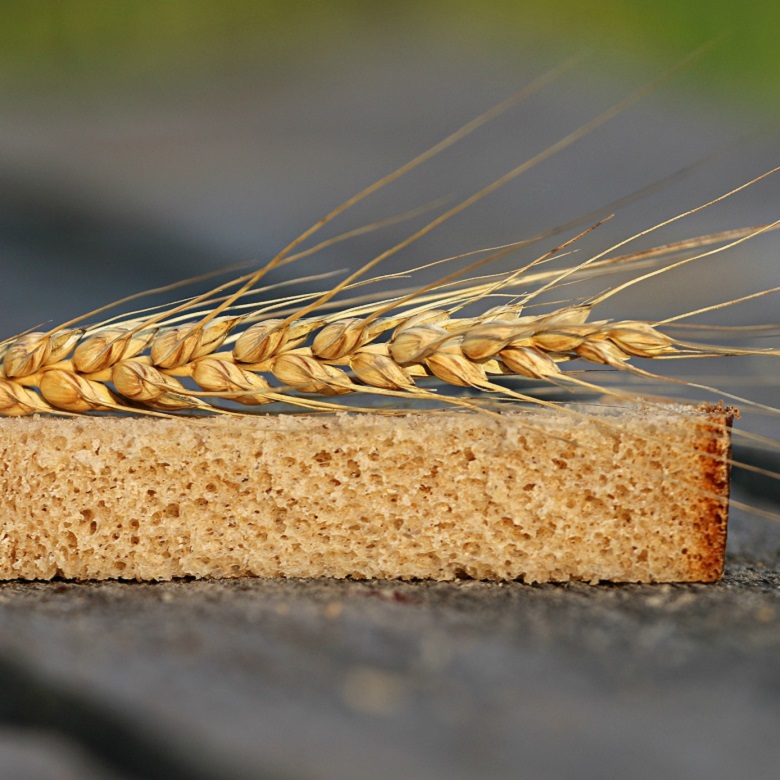 j. Wheat |
Highlight the text box to reveal the answers!
1. Seeds = g: Corn and j: Wheat
2. Roots = c: Beets and d: Carrots
3. Stem = a: Asparagus and h: Rhubarb
4. Leaves = b: Basil and i: Spinach
5. Flower = e: Cauliflower and f: Chamomile
ACTIVITY 3
Children living on 19th century farms often helped care for vegetable and herb gardens. These were known as “door-yard” or “kitchen gardens”. They were called this because all of the items were grown close to the side of the family home.
Even if you don’t have a backyard, you can still make a garden at home in a pot. These are called container gardens! To learn how to build your own container herb garden, check out our Get Hands on at Home tutorial.
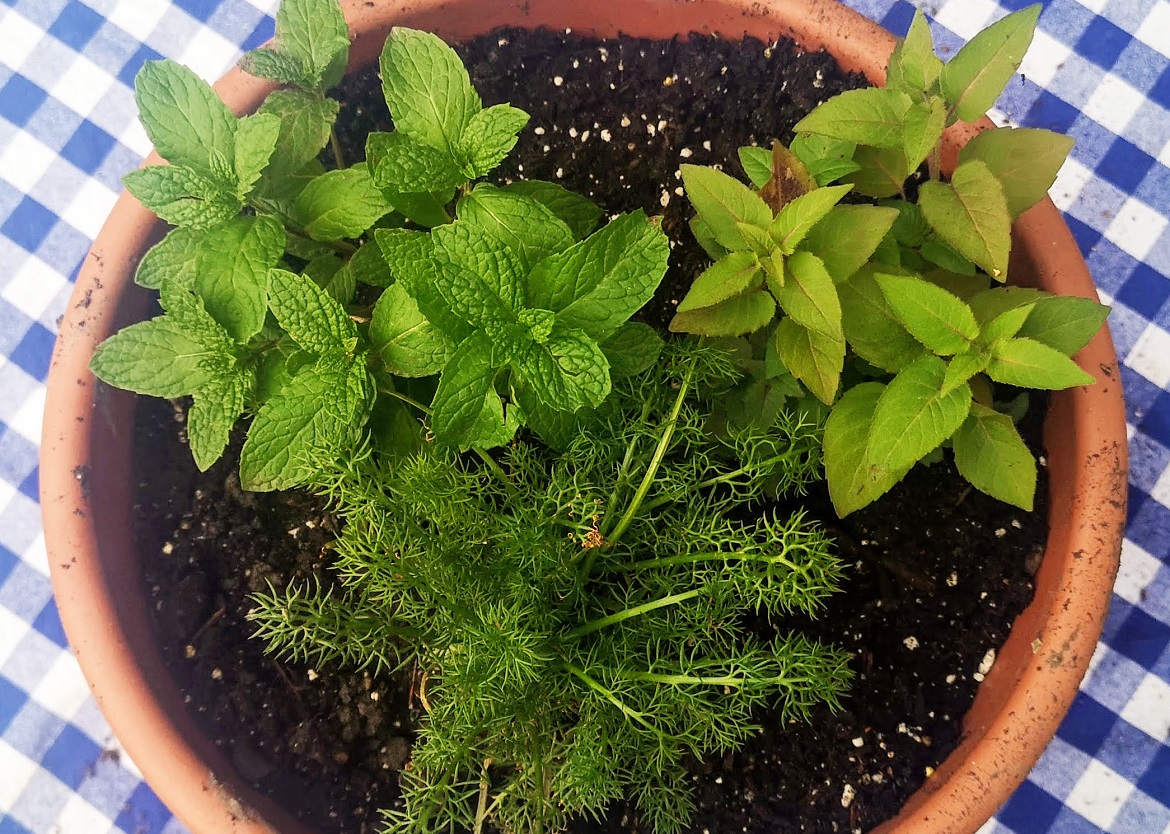
After you have planted your container garden, keep a journal of your plants’ growth!
Each day, list the activities you do to care for your plants, and describe the changes you see in their growth.
GO DEEPER
Visit our online herb garden exhibit to learn about the medicinal and culinary uses of herbs.
FOR TEACHERS: CURRICULUM LINKS
Science & Technology
- Needs & Characteristics of Living Things (Grade 1)
- Air & Water in the Environment (Grade 2)
- Growth & Changes in Plants (Grade 3)
- Soils in the Environment (Grade 3)
- Interactions in the Environment (Grade 7)
Social Studies
- Roles & Responsibilities (Grade 1)
- Communities in Canada, 1780 – 1850 (Grade 3)
